Preview: the Bay Area gears up for the new BAMPFA by Diller Scofidio + Renfro
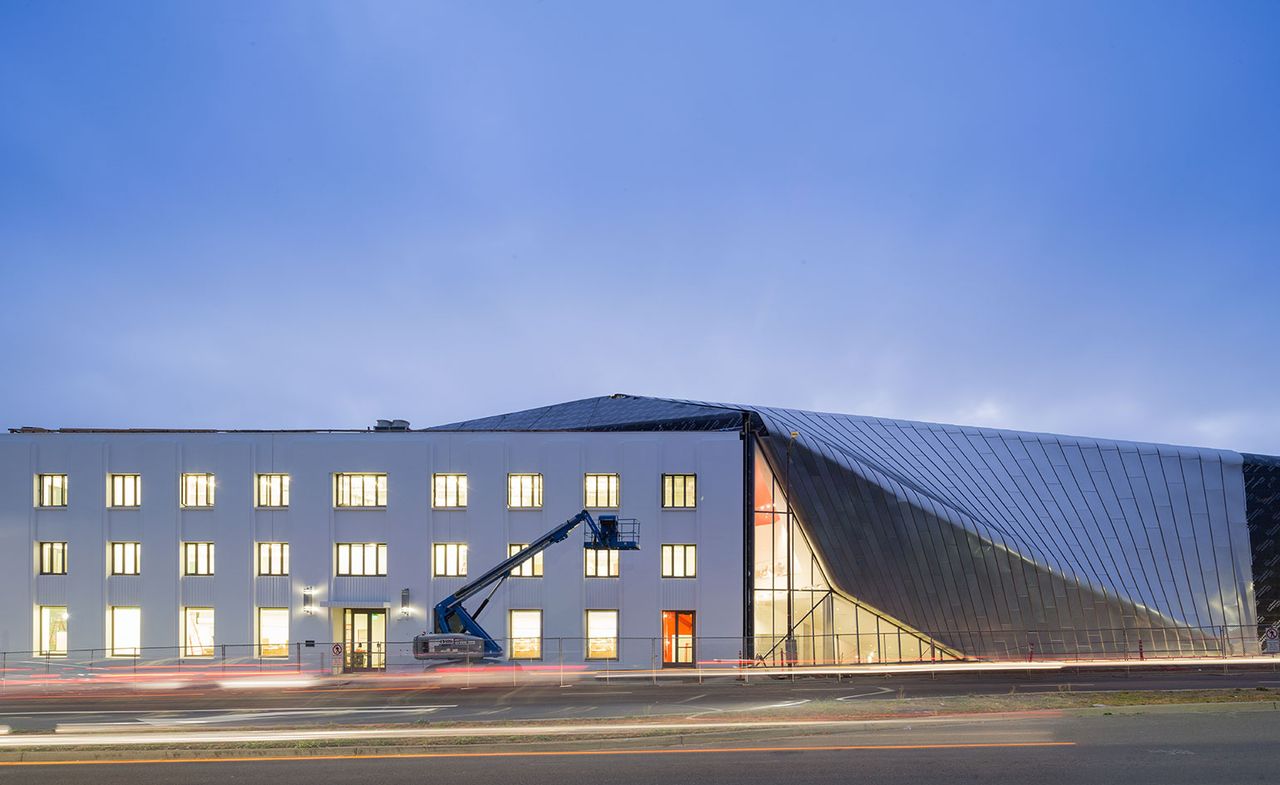
While there's still four months to go until its official grand opening in January, the new Berkeley Art Museum and Pacific Film Archive [BAMPFA] is shaping up to be a blockbuster addition to the Bay Area's active creative scene.
In an inspired case of adaptive reuse, Diller Scofidio + Renfro have transformed a 1930s-era former printing plant into an expansive, multifaceted ode to multimedia. What once was a kind of 'bunker,' says BAMPFA Director Larry Rinder, is now a fully fenestrated, natural-light-filled haven that achieves the dual goals of accessibility and transparency, guided by a serene sense of flow and interplay from the exterior, and throughout the interior. Coupled with the bold red and grey highlights, it achieves an almost 2001: A Space Odyssey-like effect.
The existing buildings included a disused factory and adjacent office. They were largely intact, but beset by seismic structural issues - a major factor in the earthquake-prone Bay Area - and abandoned for years in the centre of the bustling downtown college city. Diller Scofidio + Renfro kept the original structures, complete with Art Deco inflections and a trio of skylight bays in the expansive main event space, and united them with a second-story cafe 'dropped' in between. This angular addition cantilevers out over Center Street and cuts a modern silhouette against the backdrop of a clear blue sky.
Excavating the entire footprint doubled the square footage, and allowed for a series of subterranean spaces that include four additional galleries in the more traditional, four-white-wall style, as well as study centers with resources once only available to specialists. 'The goal is to store and preserve artifacts, but also allow people to engage with art in ways they haven't before,' Rinder says.
A pair of purpose-built theaters will offer screenings both intimate - in the smaller, 32-seater - and robust - in a Meyer Sound-optimized auditorium that can accommodate 230 viewers - plus a 12-piece-band for silent film performances. And in dedication to its role as a true boon for the community, a 30-foot-wide LCD screen will adorn the facade on the flip-side, opening up the possibility for '24/7 public programs and screenings,' Rinder says. 'Our role is as a part of the life of the city-and the city doesn't close down at 5pm.'
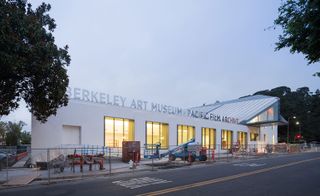
Scheduled to open officially in 2016, the project is an inspired case of adaptive reuse
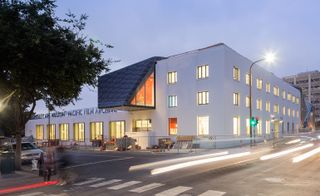
The archive will be housed in a transformed 1930s-era former printing plant; including a disused factory and adjacent office
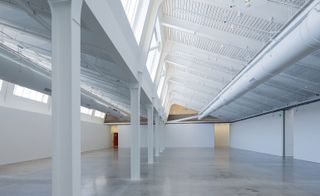
Diller Scofidio + Renfro redesigned the space into a modern, multimedia hub that will be open and accessible to the public
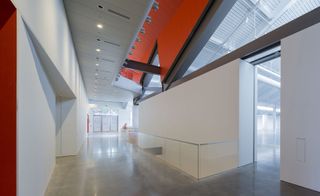
The existing buildings' gallery spaces will now be complemented by a series of subterranean display halls; this was achieved by excavating the entire footprint and doubling the scheme's square footage
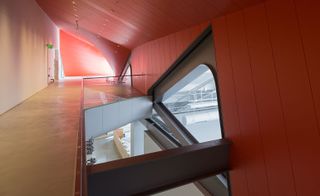
An angular addition cuts a modern silhouette for the archive, creating contemporary shapes inside and out
INFORMATION
Photography: Iwan Baan
Wallpaper* Newsletter
Receive our daily digest of inspiration, escapism and design stories from around the world direct to your inbox.
-
 Milan Fashion Week Men’s A/W 2025 highlights: Dolce & Gabbana to Emporio Armani
Milan Fashion Week Men’s A/W 2025 highlights: Dolce & Gabbana to Emporio ArmaniDespite a reduced schedule, Milan Fashion Week Men’s arrives this weekend with plenty of intrigue, beginning with high-wattage shows from Dolce & Gabbana and Emporio Armani. Wallpaper* fashion features editor Jack Moss reports from Milan
By Jack Moss Published
-
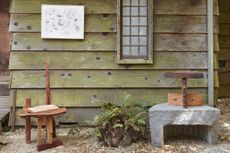 Rio Kobayashi’s new furniture bridges eras, shown alongside Fritz Rauh’s midcentury paintings at Blunk Space
Rio Kobayashi’s new furniture bridges eras, shown alongside Fritz Rauh’s midcentury paintings at Blunk SpaceFurniture designer Rio Kobayashi unveils a new series, informed by the paintings of midcentury artist Fritz Rauh, at California’s Blunk Space
By Ali Morris Published
-
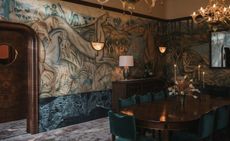 New York restaurant Locanda Verde’s second outpost will transport you to a different time and place
New York restaurant Locanda Verde’s second outpost will transport you to a different time and placeLocanda Verde’s expansive new Hudson Yards osteria exudes a sophisticated yet intimate atmosphere overflowing with art treasures
By Adrian Madlener Published
-
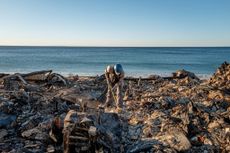 LA Mayor Karen Bass outlines her plan for rebuilding the city
LA Mayor Karen Bass outlines her plan for rebuilding the cityFollowing the devastating LA wildfires, which have destroyed more than 12,000 structures, the city’s mayor has outlined her plan for reconstruction
By Anna Solomon Published
-
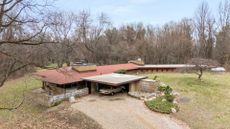 Frank Lloyd Wright’s Weisblat House, a Usonian modernist Michigan gem, could be yours
Frank Lloyd Wright’s Weisblat House, a Usonian modernist Michigan gem, could be yoursFrank Lloyd Wright’s Weisblat House in Michigan is on the market – a chance to peek inside the heritage modernist home in the countryside
By Audrey Henderson Published
-
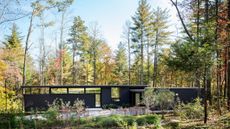 Cabin House is a simple modernist retreat in the woods of North Carolina
Cabin House is a simple modernist retreat in the woods of North CarolinaDesigned for downsizing clients, Cabin House is a modest two-bedroom home that makes the most of its sylvan surroundings
By Jonathan Bell Published
-
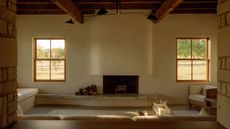 A Texas ranch house blends Californian charm and Asian minimalism in a 'balance in hybridity'
A Texas ranch house blends Californian charm and Asian minimalism in a 'balance in hybridity'Pontious, a Texas ranch house designed by OWIU, is a home grounded in its owner's cultural identity, uniting Californian, Chinese and Japanese roots
By Tianna Williams Published
-
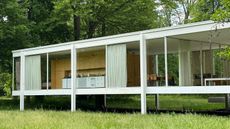 The three lives of the Edith Farnsworth House: now, a modernist architecture icon open to all
The three lives of the Edith Farnsworth House: now, a modernist architecture icon open to allThe modernist Edith Farnsworth House has had three lives since its conception in 1951 by Mies van der Rohe; the latest is a sensitive renovation, and it's open to the public
By Audrey Henderson Published
-
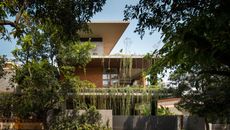 Year in review: the top 12 houses of 2024, picked by architecture director Ellie Stathaki
Year in review: the top 12 houses of 2024, picked by architecture director Ellie StathakiThe top 12 houses of 2024 comprise our finest and most read residential posts of the year, compiled by Wallpaper* architecture & environment director Ellie Stathaki
By Ellie Stathaki Published
-
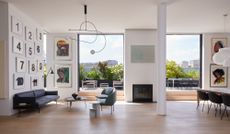 A vacant Tribeca penthouse is transformed into a bright, contemporary eyrie
A vacant Tribeca penthouse is transformed into a bright, contemporary eyrieA Tribeca penthouse is elevated by Peterson Rich Office, who redesigned it by adding a sculptural staircase and openings to the large terrace
By Léa Teuscher Published
-
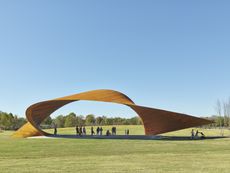 We walk through Luther George Park and its new undulating pavilion
We walk through Luther George Park and its new undulating pavilionLuther George Park by Trahan Architects and landscape architects Spackman Mossop Michaels opens to the public, showcasing a striking new pavilion installation – take a first look
By Ellie Stathaki Published